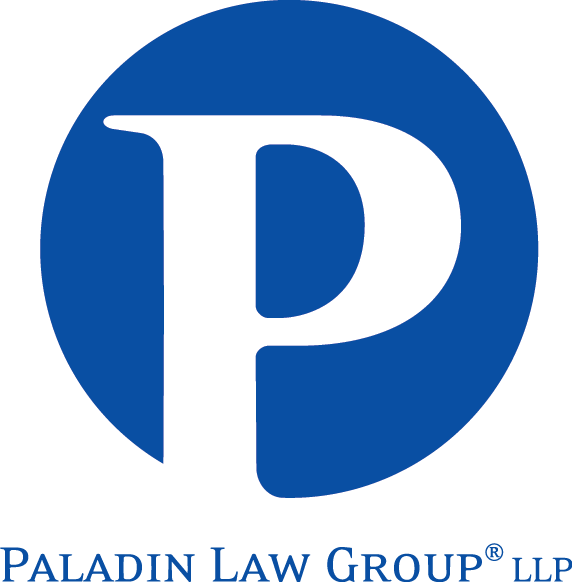Stacking Insurance Policies – New Landmark Case in California
- January 7, 2009
- Paladin Law Group® LLP
- Publications
- 0 Comments
By Bret A. Stone and John R. Till
On January 5, 2009, the Court of Appeal of the State of California, Fourth Appellate District filed a 76-page opinion permitting insurance policyholders to “stack” multiple years of coverage to obtain recovery for a continuous loss. The case arises out of the notorious Stringfellows Acid Pit site where a federal court ordered the State of California to pay for the cleanup of the hazardous waste site; a cost that could be as much as $700 million. State of California v. Continental Ins. Co. (2009) Case No. E041425 (Cal. Ct. App., 4th Dist. January 5, 2009).
“Stacking” means treating multiple policies that apply to a single loss as cumulative – as a “stack” of coverage – rather than as mutually exclusive. The Court adopted the all-sums approach – each insurer is liable up to the amount of the entire continuing loss as a result of an occurrence of bodily injury or property damage spanning multiple policy periods, subject only to its own policy limits. Thus, even though there is only one occurrence, the insured is entitled to recover against each insurer up to the limits of the insurer’s policy triggered by the continuing loss.
For the past decade, insurers have relied on FMC Corp. v. Plaisted & Cos. (1998) 61 Cal. App. 4th 1132 for the proposition that an insured cannot stack limits across policy periods, but the Court of Appeal found the reasoning of FMC flawed and its holding outside the mainstream of California case law. Instead, the Court of Appeal found that an anti-stacking rule would give a windfall to the insurers. Under the remedy FMC came up with, the insured could choose any one policy (i.e., the one with the highest limits) and recover up to the limits in effect for that one period. Once the insured did so, however, it was barred from recovering the excess under any other policy. Nevertheless, any one insurer who did pay up to its policy limits would still be entitled to contribution from all the other insurers. Thus, in the end, the insurer would not actually have to pay its full policy limits. Accordingly, the insurers would benefit from the fact that the insured purchased multiple policies covering multiple periods. The insured, who made the prudent choice, would not.
The Court of Appeal also pointed out that sometimes it is the insurer who argues for stacking. For example, when an excess carrier requires horizontal exhaustion of all applicable primary policies before the excess policy kicks in. As a general rule, California requires horizontal exhaustion. Vertical exhaustion, where the limits of just one particular primary policy must be exhausted for the excess policy provides coverage applies only if the excess policy provides that it is excess to a specified primary policy. This is true even when the primary policies apply to different policy periods. While technically the horizontal exhaustion rule only governs the relationship between the primary and excess insurers, it necessarily implies that the insured, too, is entitled to stack the primary policies; otherwise, primary policies would never be exhausted.
After finding all anti-stacking arguments and authorities unpersuasive, the Court of Appeal concluded that the policy language (consistent with standard form policies) and California law entitled the State to stack the policy limits of all applicable policies across all applicable policy periods.
This ruling empowers policyholders to recover the full benefits of what they paid for. Policyholders can no longer be strong-armed by insurers to force them to accept just one policy limit from one policy period. In the context of continuous harm cases involving environmental contamination, toxic torts, and asbestos exposure, it means that insureds will have much larger limits to settle claims or pay for judgments.
Finally, it should be noted that another appeal arising out of the same trial court case, State of California v. Underwriters at Lloyd’s of London (2006) 146 Cal. App. 4th 851, was set for oral argument before the California Supreme Court on January 8, 2009 (Case No. S149988). There, the same appellate court addressed the burden of proof of an insured to show the scope of damages attributable to a covered “sudden and accidental” event and criticized insurer-friendly cases such as Golden Eagle Refinery Co. v. Associated Intl. Ins. Co. (2001) 85 Cal. App. 4th 1300, and Lockheed Corp. v. Continental Ins. Co. (2005) 134 Cal. App. 4th 184 as being “unreliable” and “incompatible” with the California Supreme Court’s decision in State Farm Mut. Auto. Ins. Co. v. Partridge (1973) 10 Cal. 3d 94. If the Supreme Court’s decision agrees that Partridge’s concurrent cause analysis is the rule, proof of just one “sudden and accidental” release in an indivisible harm case may be sufficient for the insured to obtain recovery of all damages including those caused by events that were not sudden and accidental. This one-two combination would be a welcomed victory for policyholders.

Leave a Reply
You must be logged in to post a comment.